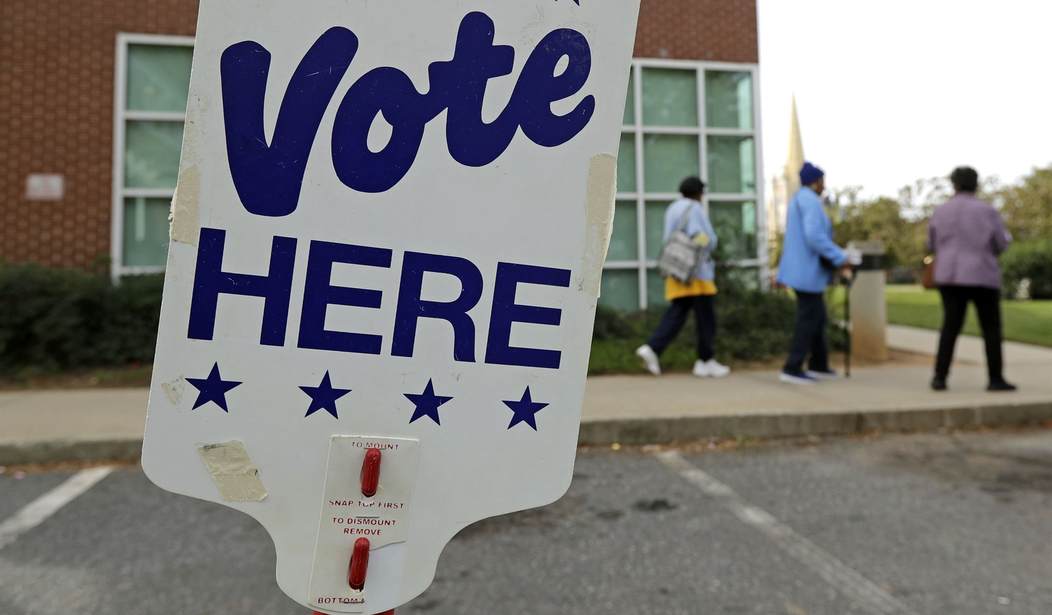As Election Day approaches, expectations are pretty much where they've been for the past six months. In the Senate, Republicans are more likely to gain seats than lose the majority. In the House, Democrats are favored to win control, but it may not be much of a "blue wave."
These general expectations have remained fairly stable because the broad contours of every election are shaped by geography and history. Republicans are expected to do well in the Senate because Democrats must defend many seats in states that are generally GOP turf. Democrats are expected to do well in the House because the party out of power almost always gains ground in midterm elections. Even an average midterm result would put the Democrats in charge.
Despite this general stability, there is a wide range of possible outcomes because so many races are so close. As I write this on Wednesday, there are six highly competitive Senate races. Five of them are pure toss-ups (Arizona, Florida, Indiana, Missouri and Nevada). Montana is barely tilting to the Democrats as Jon Tester tries to hang on in a very Republican state.
ScottRasmussen.com has been doing some private research for the Auto Alliance and the National Retail Federation on all six of these races. In each case, we've examined three different turnout models. We have a baseline projection and then also look at what things might be like if turnout is just a couple of points better for one party or the other. The results are stunning. If Republican turnout is up just a couple of points higher than expected, the GOP could win all six of those races. The reverse is true as well if Democratic turnout is a couple of points higher than expected.
Recommended
The practical implications of these small shifts are enormous. A Republican sweep of the competitive races would give them a 56-44 majority in the Senate. A Democratic sweep would lead to a 50-50 Senate. Most likely, the results will end up somewhere in between, but the potential for a blowout in either direction cannot be completely dismissed.
The same dynamic exists for the House of Representatives, where the Democrats need to pick up 23 seats to win control. ScottRasmussen.com currently projects that Democrats are poised to pick up 12 seats, and there are 33 seats too close to call. The odds favor a Democratic majority because Nancy Pelosi's team needs to win 11 of these 33 races. But it's not a sure thing.
Right now, the Generic Congressional Ballot polling shows Democrats with about a 7-point advantage. If they actually win the popular vote by that amount on Election Day, they would be favored to win most of the 33 competitive races. But just like with the Senate, a shift of a couple of points could have an enormous impact.
If the Republicans are able to boost turnout a bit and pull within 5 points in the nationwide popular vote, they might be able to win enough close races to keep their majority. However, if things shift a couple of points in the opposite direction, the Democrats might enjoy a big night and gain something of the order of 45 seats.
So after two years of campaigning, the final outcome of Election 2018 will be determined by very modest changes in who decides to show up and vote.
Scott Rasmussen is the publisher of ScottRasmussen.com. He is the author of "The Sun Is Still Rising: Politics Has Failed but America Will Not."

























Join the conversation as a VIP Member